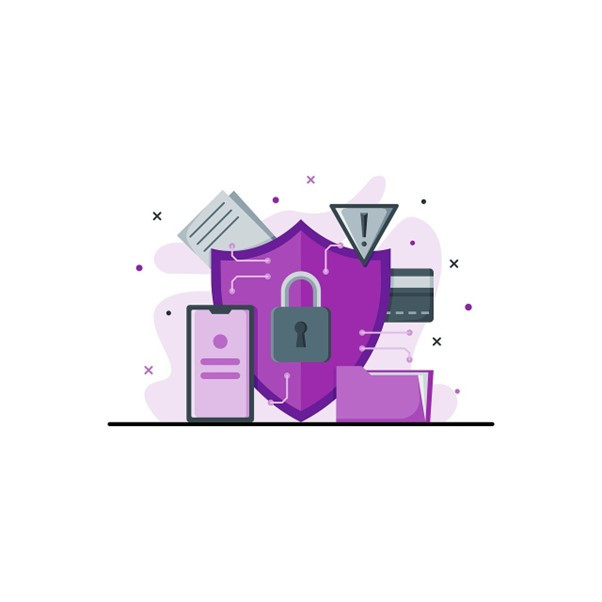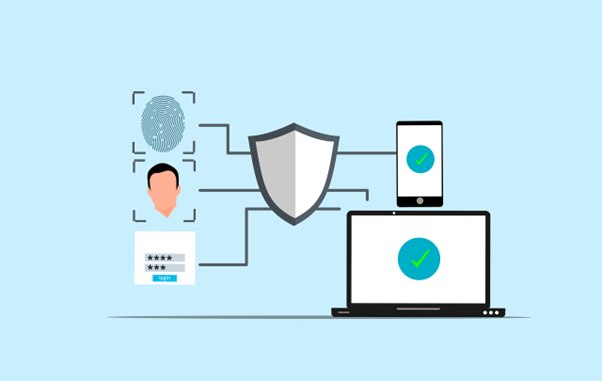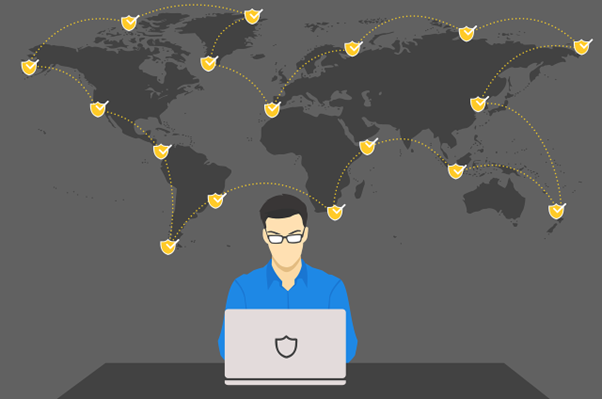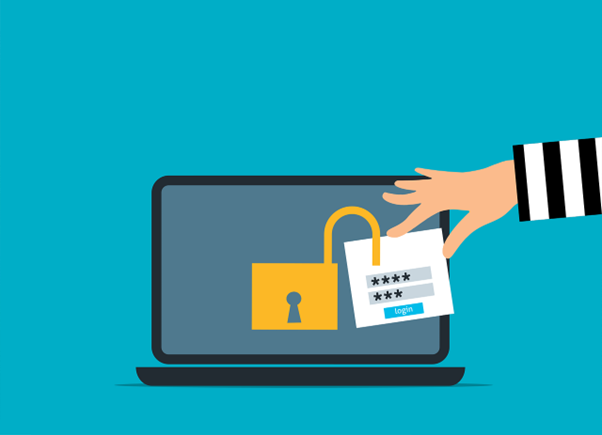Malware is a huge threat in the digital world. It can cause a lot of damage and cost people a lot of money. As technology advances, so do the tactics used by cybercriminals. In this article, we will explore some of the newest and trickiest types of malware. Malware keeps getting more complex and harder to detect. Here are seven new and tricky types of malware that you should know about.
Norco Technologies Blog
The Cyber Trust Mark is a new smart device label created by the US government to prove that a device is safe. Internet of Things (IOT) devices have risen in popularity recently. Devices like smart thermostats and baby monitors make our lives easier, but also open us up to cyber threats.
There were over 112 million IoT cyber attacks worldwide in 2022, and this number continues to grow. With an increase in AI-powered attacks, an 82% increase was expected in 2024. The United States created new standards to confirm a device is safe.
As a result, you may see a shield with the "U.S. Cyber Trust Mark" when device shopping. Let's take a look at what this means and how you can use this new feature next time you make a purchase.
You’ve completed your annual phishing training. This includes teaching employees how to spot phishing emails. You’re feeling good about it. That is until about 5-6 months later. Your company suffers a costly ransomware infection due to a click on a phishing link.
You wonder why you seem to need to train on the same information every year. But you still suffer from security incidents. The problem is that you’re not training your employees often enough.
People can’t change behaviors if training isn’t reinforced. They can also easily forget what they’ve learned after several months go by.
So, how often is often enough to improve your team’s cybersecurity awareness? It turns out that training every four months is the “sweet spot.” This is when you see more consistent results in your IT security.
Data breaches are an unfortunate reality for businesses of all sizes. When a breach occurs, the immediate response is critical. How a company manages the aftermath can significantly impact its reputation as well as financial stability and legal standing.
The average cost of a data breach has reached 4.88 million USD.
Effective damage control requires a well-planned approach. But there are common pitfalls that can exacerbate the situation. This article will guide you through the key steps of data breach damage control as well as highlight the pitfalls you should steer clear of to reduce the impact.
Cyberattacks are a constant threat in today's digital world. Phishing emails, malware downloads, and data breaches. At Norco Technologies, we understand how easily they can cripple businesses and devastate personal lives.
Employee error is the reason many threats get introduced to a business network. A lack of cybersecurity awareness is generally the culprit. People don’t know any better, so they accidentally click a phishing link. They also create weak passwords, easy for hackers to breach.
It’s estimated that 95% of data breaches are due to human error.
But here's the good news, these mistakes are preventable. Building a strong culture of cyber awareness can significantly reduce your risks.







